Inside The Earth Centre Doncaster
underclassrising.net | 23.02.2010 09:04 | Sheffield
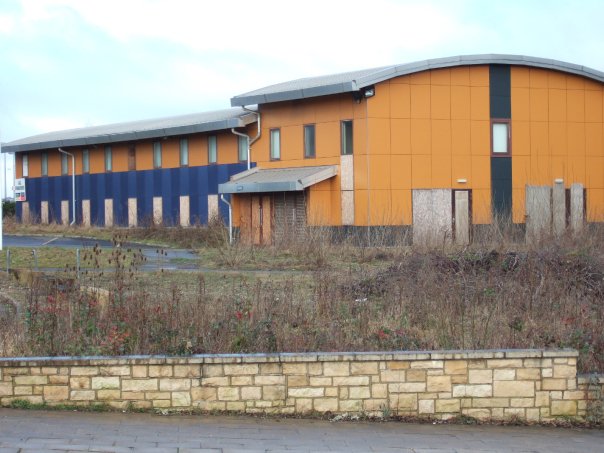
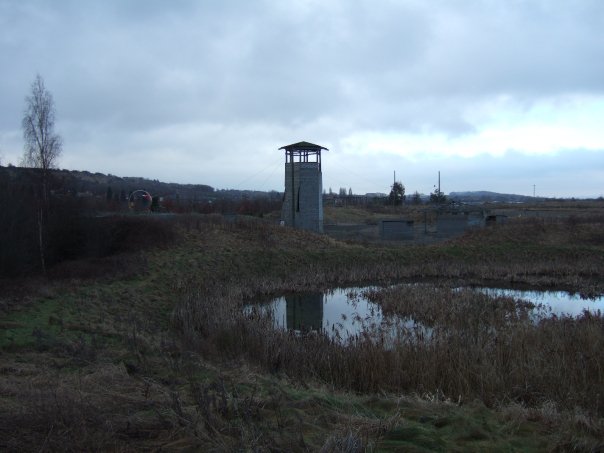

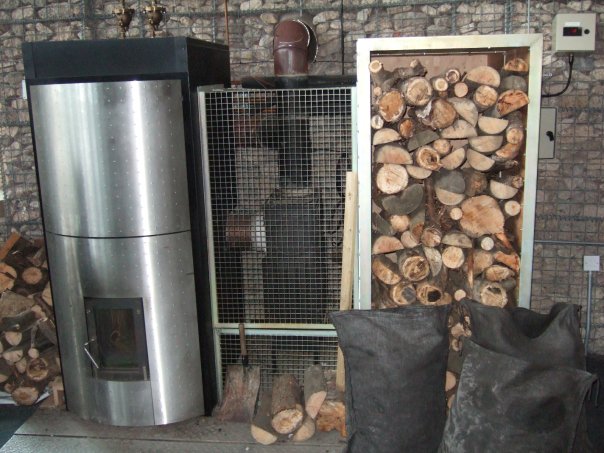

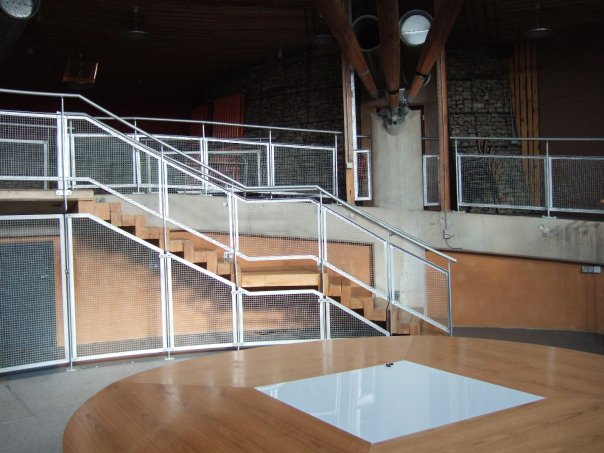
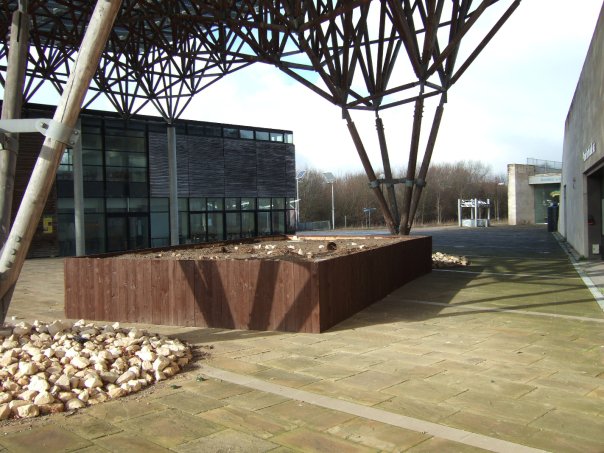
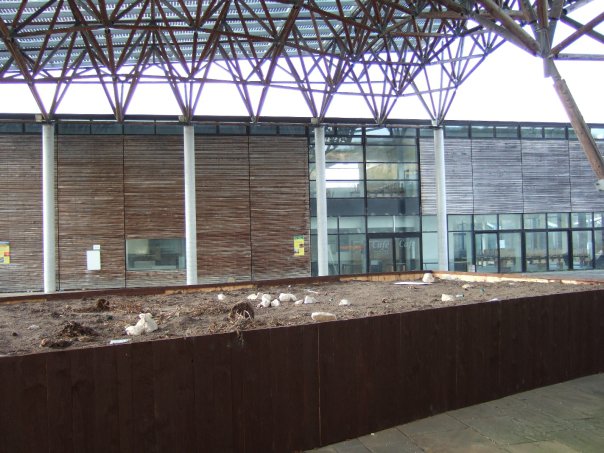
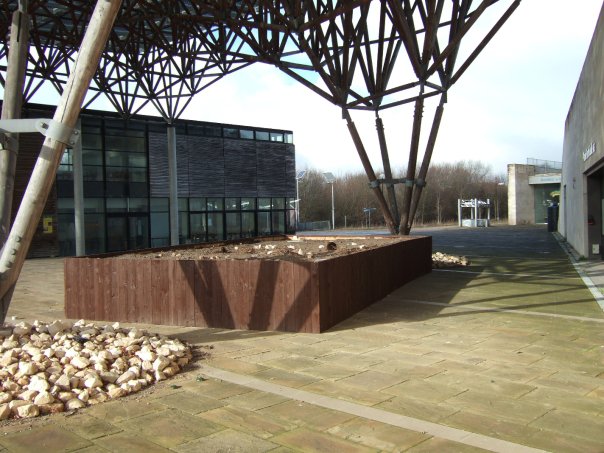
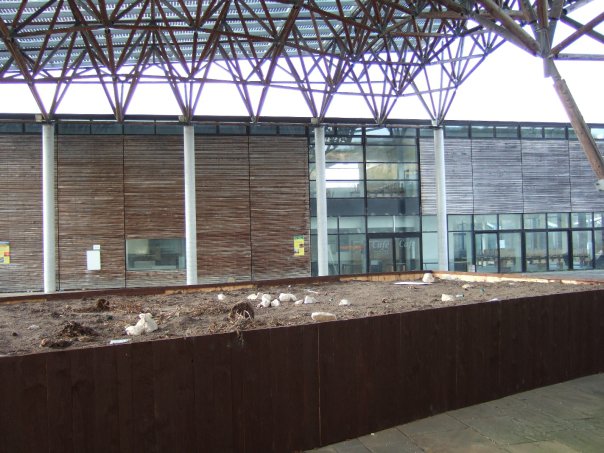
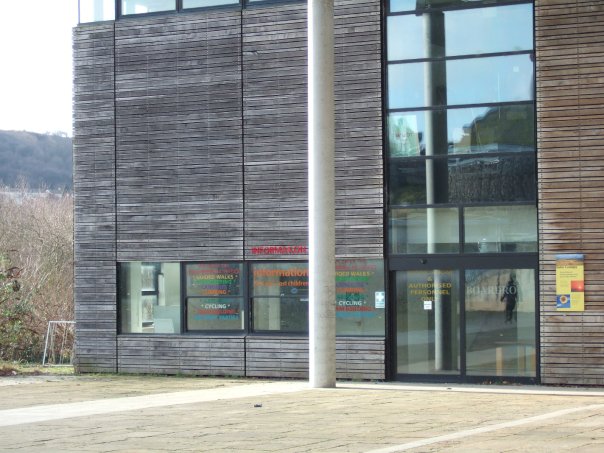
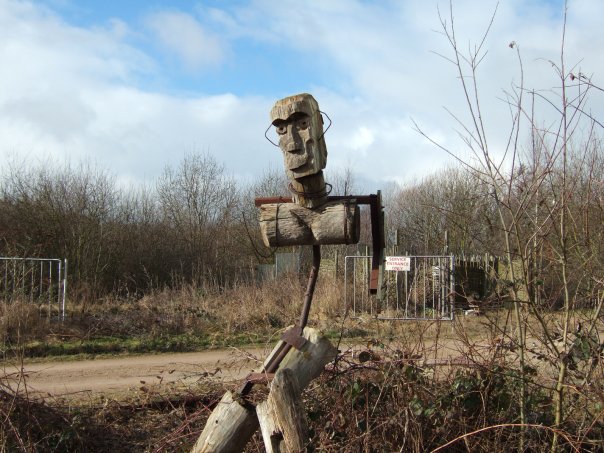
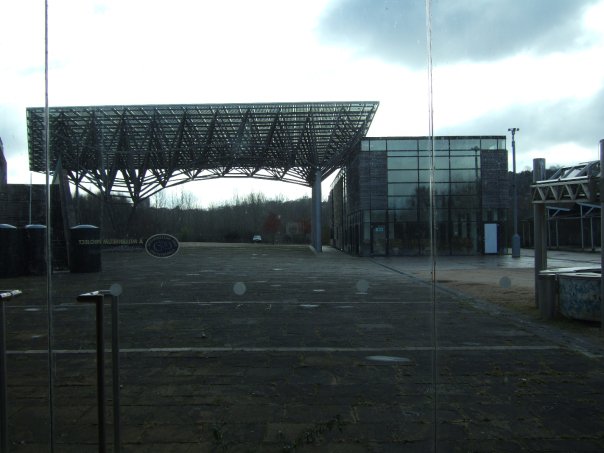
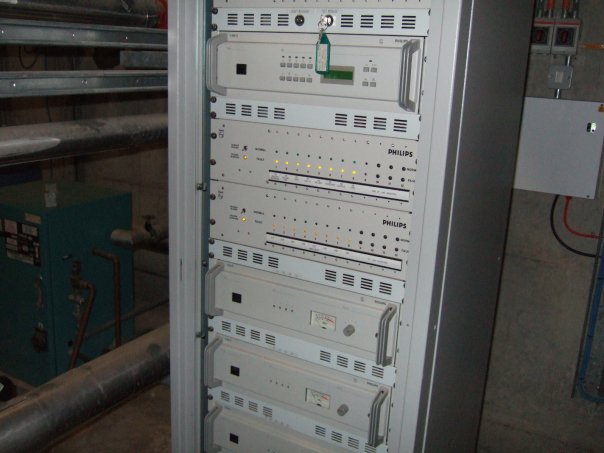

The history of Cadeby main is dominated by a single event. On the morning of 9th july 1912, two explosions shook the underground workings. The first explosion occurred on the night shift in the early hours of the morning. The explosion killed thirty five men.The second explosion between 10.30 and 11am killed 53 men who were takeing part in the rescue operations. The total loss of life was 88 men including 3*inspectors of mines and the managers of both Cadeby and near by Denaby Main Colliery.
The death toll could have been much greater had it not been that most miners had taken the day off to see the visit of King George V and Queen Mary to near by Conisbrough Castle. There were only 111 men at work at the time of the explosion, on the same shift the week before there were 489. Barnsley bed coal, the only seam worked at the time at the colliery, had a reputation of being very gassy and liable to spontaneous combustion.* Mr W H Chambers, the Managing Director of the colliery gave evidence that there had been 35 fires in the 19 years between the opening of the colliery and 1912, with an average of 1.9 fires per annum, it was clear that the pit was particularly prone to the problem.
The chief Inspector of Mines Mr Redmayne, came to the conclusion that the first explosion had been caused by a fire which had started some years previously and never been completely eradicated.* Conditions at the time provided the ideal circumstances for an explosion to occur.*The exit from the fire area had been sealed off but the failure to seal the inlet roadway allowed the accumulation of an explosive mixture of gas which lead to the explosion.* Mr Redmayne put forward the conclusion that the second explosion occurred after a large accumulation of gas ignited at the point of the fire and spread through the face and workings.
The explosion would have been even worse if it had travelled a little further on to the south plane as dust samples had shown a very dangerous mixture, had it travelled far on this plane then the whole colliery could have been wrecked. The chief inspector of mines concluded his report into the explosion by stating that he was happy to report that he could find no breaches of the coal mines act which contributed to the explosions.
In the week following the explosion there was a constant procession of funerals which dominated the life of the people in the local village of Denaby, 54 of the miners lost came from the village. Not all the bodies however were laid to rest, there were still 14 bodies which had to be left in the mine and sealed off in the effected area. The remaining bodies where not recoverd from the mine untill september , two months after the explosion.
It could be said that the explosion killed 91 miners and not the official 88. One miner who helped in the recovery of the dead and later said it was*horrible and he would never go down the mine again committed suicide by drowning himself in the near by river Don a week later. Another miner , a member of the Manvers rescue team was engaged in the recovery of bodies a month later, while climbing over a fall of rock his mouth piece came out and he was starved of oxegen and died at the scene.
Another miner to die was a pit deputy, Mr Springthorpe, he was in the area at the time of the second explosion and reported that he had felt a scorching heat, he died of his injuries on the 25th march.
The miners at the pit decided to resume normal production in other areas of the colliery 1 week after the explosion.
 http://www.freewebs.com/yorkshiremai...indisaster.htm
http://www.freewebs.com/yorkshiremai...indisaster.htm Both coal and livelihood were taken away in 1968 and 1986 when the pits closed, and what was left behind was a legacy of despair and high (33%) unemployment among the local population of Conisbrough, Denaby and Mexborough. There were also two huge spoil heaps where fields and an ancient fish farm had been.
In 1990 a change took place when Jonathan Smales decided that the derelict 400-acre (1.6*km2) site left behind by the pits was ideal for an Earth Centre. Jonathan was working on an idea for a museum for the millennium conceived by John Letts, Life President of the Museum of the Year Award. A suitable site had not been found elsewhere in the country, and so South Yorkshire was chosen.
"Following Earth Centre progress was a roller coaster ride of false starts, wild hopes and dashed plans." The Guardian
Initial plans were for a gradual development of the site, incorporating community-led projects and with much construction work being undertaken by Mowlem, who used the site to train apprentices. The first stage of that project opened in 1994, including a sustainable aquaculture centre and a community farm.
In 1995 the Millennium Commission made an award to Earth Centre, which became one of its Landmark Millennium projects. The site was completely redesigned and virtually all existing landscaping and projects were destroyed, which lost the goodwill of the local community who felt excluded from the project. From 1996 work progressed on the remediation of the remaining polluted land and the design and construction of the many buildings and exhibitions. Phase 1 was only just completed in time for the gala opening, after several changes of layout, design details and false starts.
Thus it was that Earth Centre re-opened in May 2001. Suzy Brain England was brought in to turn the venture around and make the visitor attraction viable. More attractions were built as money from grants and other sources became available. A pirate ship was built, a crazy golf course and indoor 'Amazon Adventure' play area.
Education visits continued and more customers were initially attracted to the improved facilities. However, by 2003 it was obvious that the target visitor numbers were not being met, and by 2004, as increasing numbers of staff were leaving, it was evident that the centre was unviable. In September 2004 the attraction closed to the public, and only pre-booked school parties were allowed. By the end of October, the Earth Centre, monument to Sustainability, was un-sustainable and was put in the hands of administrators.
The Earth Centre was used again in the floods of June 2007 for refugees whose homes had been damaged.2008 Mid 2008 the site has been acquired for use by Cerberus Airsoft for use as a 160 acre skirmish site.The site also featured as an important location in the remade version of the BBC television series Survivors, aired in December 2008. 2009 The site could also be used again in 2009 for the BBC television series Survivors.
underclassrising.net
Comments
Display the following 3 comments